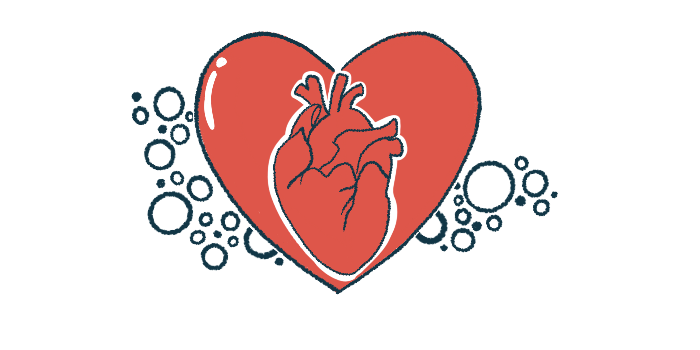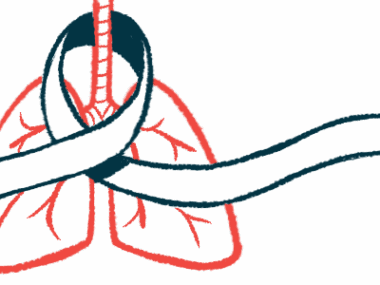New screening test may help detect cardiac sarcoidosis earlier
AIIMS algorithm improves detection of disease with heart involvement by 30%
Written by |

An algorithm that adds newer echocardiography measures and heart damage markers to standard screening criteria for heart involvement with sarcoidosis increased detection rates by 30% over standard criteria, according to a study at the All India Institute of Medical Sciences (AIIMS) in New Delhi.
The new algorithm, dubbed AIIMS screening algorithm, may help improve the diagnosis of cardiac sarcoidosis, which is when the disease affects the heart, and speed up the start of appropriate treatment, a key to improving prognosis.
“This study highlights that the use of simple screening tests may help optimize the use of expensive imaging tools [like heart MRI] for better diagnostic yield of cardiac involvement in patients with [bodywide] sarcoidosis,” the study’s researchers wrote. The study, “Screening for cardiac involvement in patients with sarcoidosis using AIIMS algorithm,” was published in The International Journal of Cardiovascular Imaging.
In sarcoidosis, the immune system becomes overly active, causing inflammatory cells to clump together in masses called granulomas that may harden over time, leading to permanent damage. Granulomas can appear in different tissues or organs, but symptoms may vary, depending on the impacted areas.
Cardiac sarcoidosis is a form of the disease where granulomas accumulate in heart tissue and interfere with their function. This can significantly increase mortality, but “early diagnosis and treatment of cardiac involvement may improve patient outcomes,” the researchers wrote.
Estimates of the frequency of cardiac sarcoidosis vary broadly. Some studies report that 3% to 5% of people with sarcoidosis show clinical signs of heart involvement, but imaging and autopsy studies have identified cardiac sarcoidosis in 25% to 30% of patients.
“The diagnosis of cardiac sarcoidosis lacks a gold standard,” the researchers wrote.
Screening for heart involvement
The most frequently used screening algorithm is the Heart Rhythm Society (HRS) expert consensus algorithm, which is based on symptoms such as fainting or extended palpitations, electrocardiography (ECG), and echocardiography. ECG and echocardiography are both common, low-cost measures of heart function. An ECG focuses on electrical activity while echocardiography is an imaging technique to evaluate heart structure and movement.
This algorithm hasn’t yet been validated in cardiac sarcoidosis, however, and it lacks newer echocardiographic techniques, like the global longitudinal strain (GLS), as well as heart damage biomarkers. GLS assesses working problems in the heart’s left ventricle, which pumps oxygen-rich blood throughout the body.
Here, researchers compared the screening ability of the HRS criteria with that of their AIIMS algorithm, which also includes GLS and blood levels of two markers of heart damage — NT-proBNP and troponin I. The study included 100 adults (51% women) with biopsy-confirmed, bodywide sarcoidosis, who were a mean age of 39.7. Less than a quarter of the patients (23%) were having symptoms that suggested heart involvement.
Those who had an abnormality on any of the criteria of either algorithm underwent a heart MRI or other expensive imaging techniques to confirm cardiac sarcoidosis. The results showed the HRS screening criteria identified 24 people as having possible heart involvement, with further imaging scans confirming cardiac sarcoidosis in 23 of them (about 96%).
Regarding echocardiography measures, 16 people met HRS criteria, but this number doubled when GLS was included. Many of these people met other HRS criteria, but the 16 additional patients with abnormal GLS represented about 10% of all participants showing no abnormalities as per the HRS algorithm.
Moreover, 19% had elevated blood levels of NT-proBNP and 16% of had elevated troponin I, indicating potential heart damage. All these individuals also had abnormal GLS findings, so the heart markers didn’t independently add to its diagnostic capabilities.
Including all these factors, the AIIMS algorithm identified 32 people with potential heart involvement, 30 of whom (about 94%) were confirmed to have cardiac sarcoidosis with advanced heart imaging.
This allowed for the correct cardiac sarcoidosis diagnosis of seven people not identified with HRS criteria, while those without risk factors based on screening algorithms didn’t need to complete expensive imaging studies.
“The addition of contemporary tools like GLS by echocardiography and cardiac biomarkers [led] to a [30%] increase in detection of cardiac involvement over conventional … HRS screening algorithm,” wrote the researchers, who emphasized that larger studies are needed to confirm the utility of the AIIMS algorithm to identify heart involvement in sarcoidosis.






